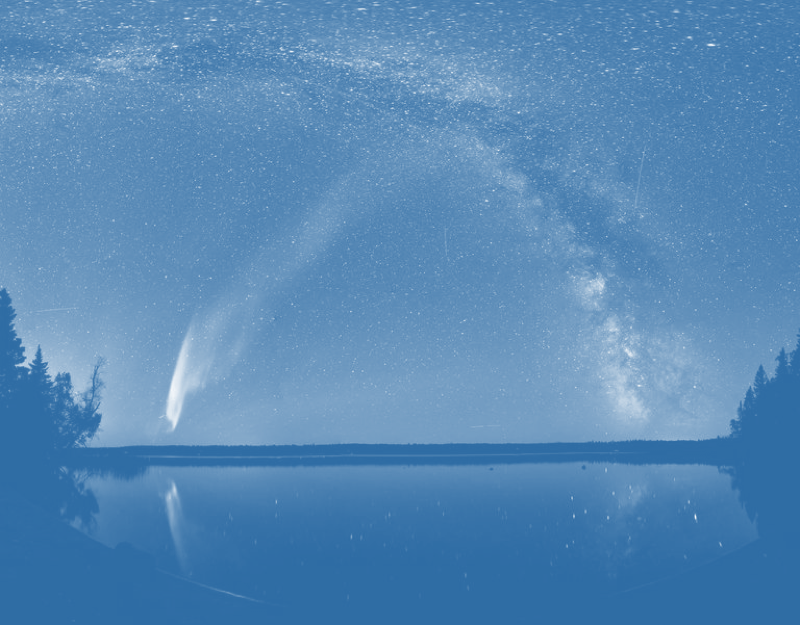Early in our blogging history, we had a post titled – Startup Story: What REALLY Sank the Titanic?. Believe it or not, it’s not only the most read post on our blog overall, but also every single month. That’s right. People are still very interested in knowing why something so big resulted in such catastrophic failure.
It’s the reverse of the underdog story. We want something so spectacular to be successful. We need to believe that when it fails, it was not some person’s fault but rather some uncontrollable force. There is even a management theory that explains this behavior, Attribution Theory. We tend to claim our successes as resulting from our actions. And, our failures come from actions outside our control.
The point of this blogpost is that recently a new theory for the Titanic’s failure has come to life. And this one completely attributes the sinking to external causes. So maybe it wasn’t anybody’s fault. Or maybe it was outside everyone’s control. Or maybe not. As we say in The Titanic Effect, it’s never one thing that sinks a startup. It’s always the interactive effects of choices made and the resulting hidden debts they create.
Before we talk about the new theory, let’s revisit the previous ones in order from least to most likely:
Coal Fire. Supposedly, a fire was started before leaving Ireland and was the reason the Titanic sailed so quickly. It might have damaged the bulkhead where the iceberg hit. This is unlikely.
Insurance Fraud. This theory suggests that the Titanic was damaged in the building process and the only way to get the insurance payoff was if it sunk. It was supposed to hit an iceberg and sink slowly with no loss of life. This is also unlikely.
Eliminating Rivals. This conspiracy theory suggests that in order to preserve a coalition within the Federal Reserve Board, the sinking was engineered. Several powerful financial figures (e.g. John Jacob Astor, Benjamin Guggenheim, and Isidor Straus) perished in the disaster. J.P. Morgan, however, did not sail due to his last-minute cancellation. This is intriguing, but also unlikely.
So, here’s the new theory: solar flares interfered with compasses and communications by creating a geomagnetic storm in the North Atlantic. This storm would have cause navigation errors that resulted in the collision. It also would have hampered communications and the rescue operations. Eyewitnesses supposedly saw the Aurora Borealis in the area, confirming a geomagnetic storm. And the magnetic fluctuations would have also affected the Carpathia’s rescue efforts. Is this the cause? We will never know.
Public Domain. Krista Trinder/NASA Goddard Space Flight Center
In reality, the sinking of the Titanic and the resulting disastrous casualties were the result of the cumulative effects of decisions made in designing, building, and operating the ship. These decisions spanned the people involved, the customers the White Star Line served, and the technical aspects of the build. The premise of our book, The Titanic Effect, is that startups also sink due to a series of decisions that result in these hidden debtbergs. By being aware of them and understanding the tradeoffs of their decisions, founders and their supporters are more likely to weather the impact of potentially journey-ending encounters with debtbergs—in whatever form they may take for their startup.
If you want to learn more about The Titanic Effect and navigating uncertainty, you can buy the book which is now available on Audible.


